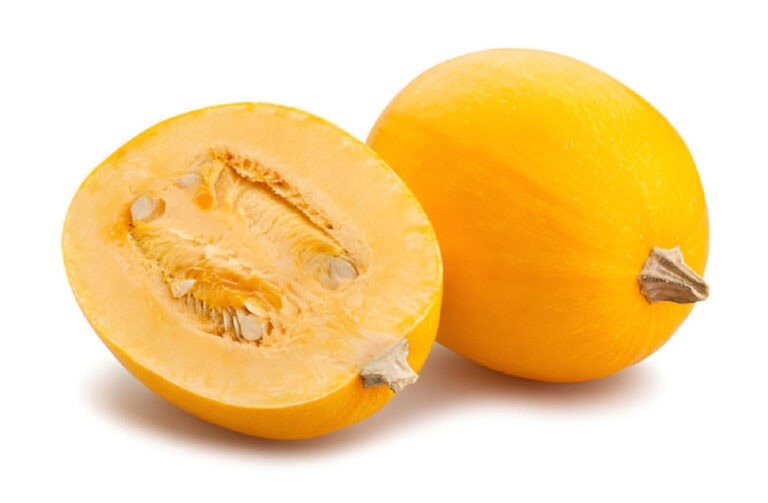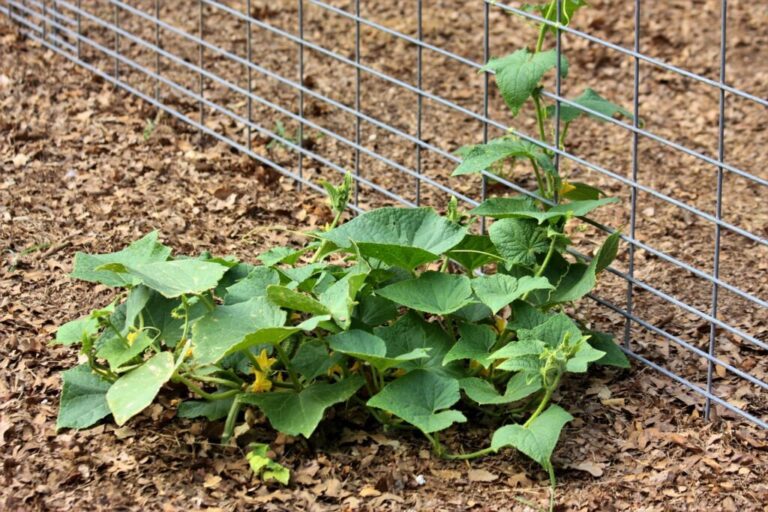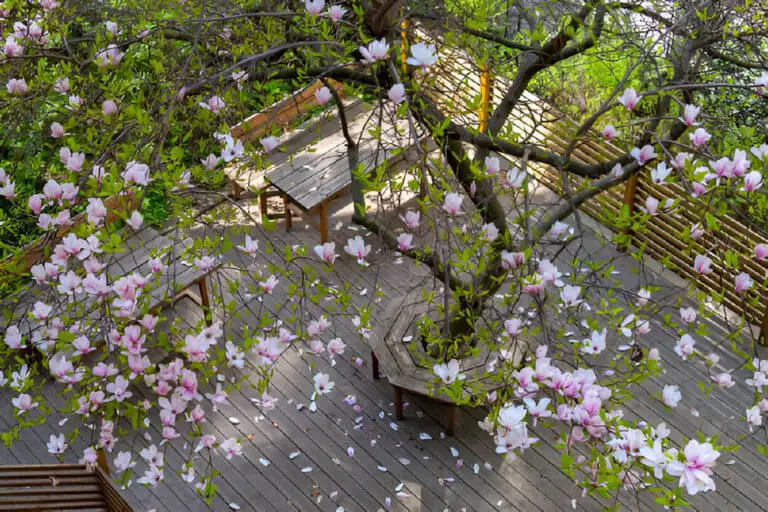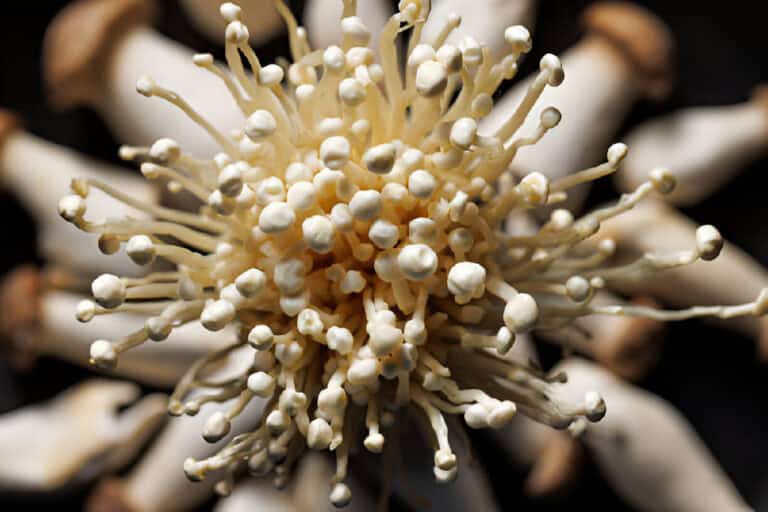Are Honeycrisp Apples Self Pollinating? How to Hand-Pollinate Honeycrisp Apples
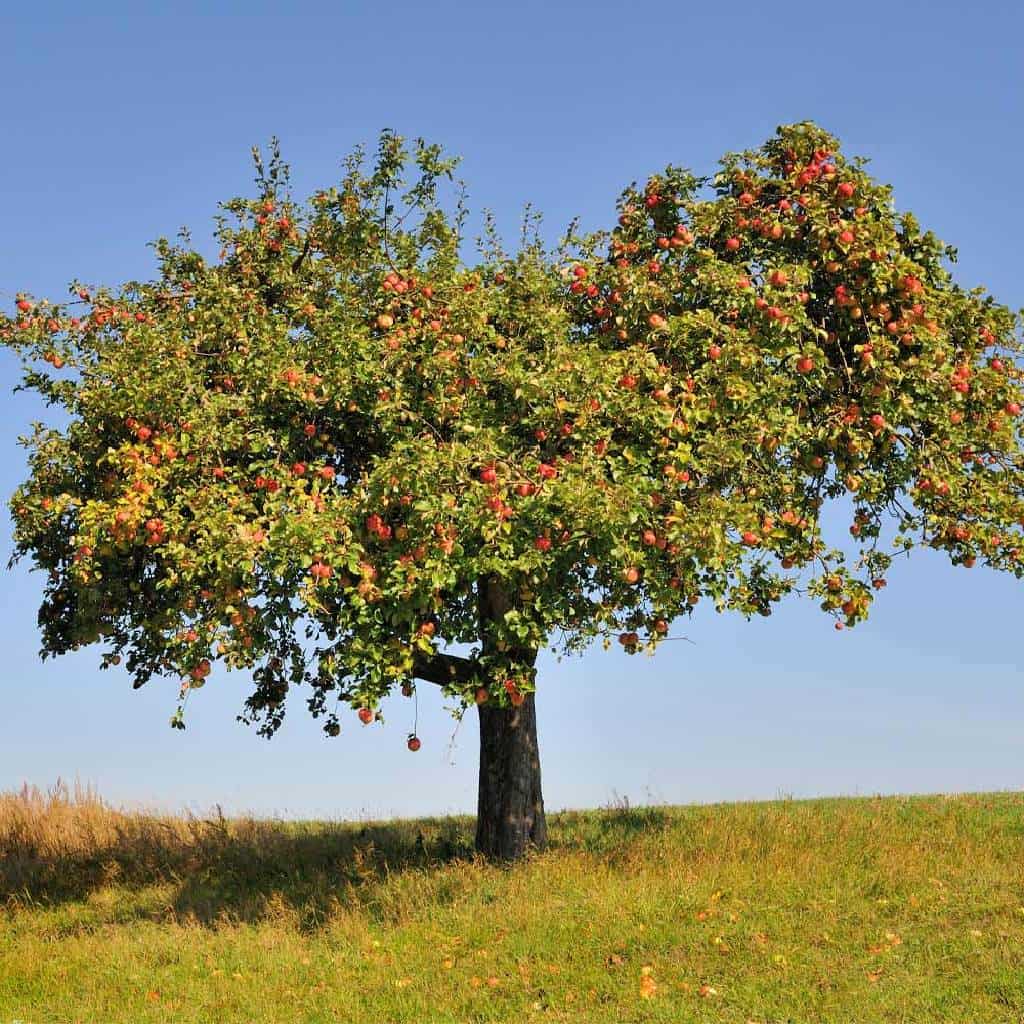
Deliciously crisp, tantalizingly sweet, and bursting with flavor – it’s no wonder that Honeycrisp apples have become a favorite among apple enthusiasts worldwide. With their distinctive crunch and refreshing juiciness, these apples have gained immense popularity in the market. But there is one big question for people who want to grow their own delicious Honeycrisps in the backyard: can Honeycrisps pollinate themselves?
Pollination is a crucial process for fruit production in apple trees. While some apple varieties can produce fruit through self-pollination, others require cross-pollination from another compatible variety to set fruit successfully. The answer to whether Honeycrisp apples are self-pollinating lies in understanding their unique pollination requirements.
In this article, we will delve into the intricate world of Honeycrisp apple pollination. We’ll explore whether these delectable fruits can propagate themselves or if they need a helping hand from another apple tree nearby.
We will also learn about hand-pollinating Honeycrisp trees, a crucial skill for home gardeners who want a bumper harvest. So grab your gloves and join us on this journey as we uncover the secrets behind growing your very own crisp and succulent Honeycrisp apples!
Are Honeycrisp Apples Self-Pollinating?
Self-pollination refers to the process where a plant’s flowers can fertilize themselves without requiring pollen from another plant. Some fruit trees, like peaches and apricots, can pollinate themselves, but apple trees specifically need other trees to pollinate them, so they can not do it on their own.
Honeycrisp apples are not self-pollinating. Therefore, they require the presence of other apple trees as pollinators to produce fruit. Good pollinators for Honeycrisp apple trees include Gala, Fuji, Golden Delicious, Red Delicious, and crab apple trees. The presence of these pollinators within a certain distance is essential for the fertilization of honeycrisp apple trees.
Therefore, if you have a Honeycrisp apple tree, plant it in close proximity to these compatible pollinator trees to ensure a successful fruit yield.
Understanding Apple Tree Pollination
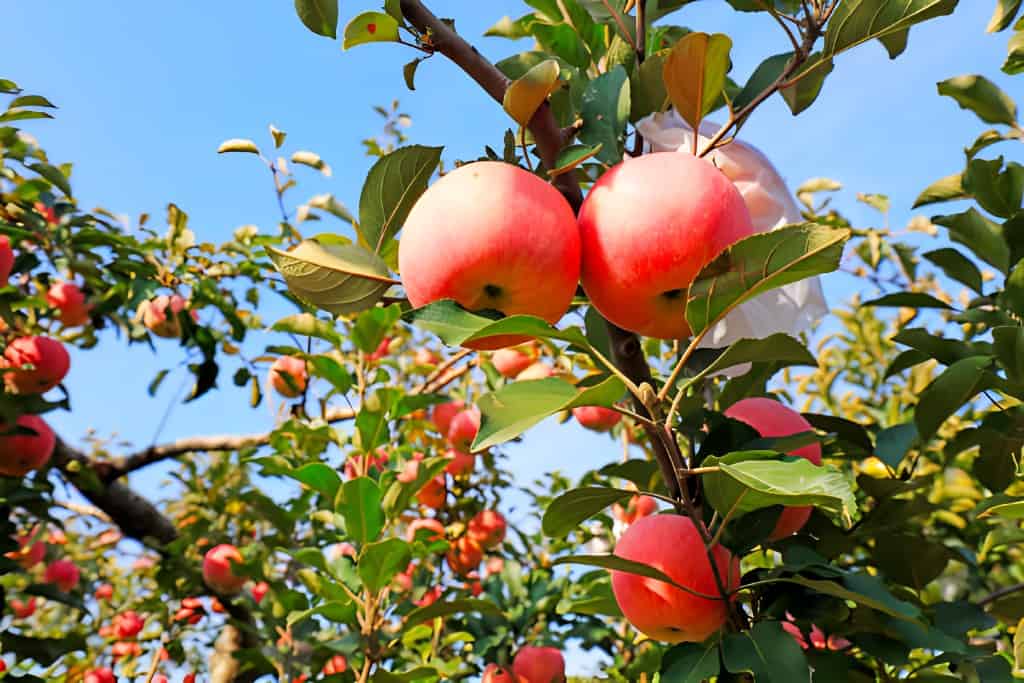
Pollination is a vital process for apple trees, and the role of pollinators like bees cannot be overstated. The flowers’ vibrant colors and sweet scent draw bees to them. As they move from flower to flower, collecting nectar and pollen, they inadvertently transfer pollen grains.
Bees transfer it from one flower’s male reproductive organs (the stamen) to another flower’s female reproductive organs (the stigma). This cross-pollination between different apple varieties is essential for an improved fruit set.
Some apple tree varieties are self-fertile, meaning that they can produce fruit with their own pollen. Others require cross-pollination with a compatible variety in order to yield a good crop. Honeycrisp apples fall into the latter category. Thus, the Honeycrisp needs a nearby apple tree that blooms at the same time for optimal pollination and fruit production.
When choosing a cross-pollinator for your Honeycrisp tree, you should select an apple variety that blooms around the same time and has overlapping flowering periods.
Consult local nurseries or gardening experts who can recommend suitable varieties based on your climate zone. Having two or more different apple trees close together will not only ensure successful pollination but also increase biodiversity in your garden and provide an abundance of tasty apples each year.
How to Hand-Pollinating Honeycrisp Apples: (A Step-by-Step)
Given the importance of cross-pollination for Honeycrisp apples, proactive measures such as hand-pollination can significantly boost fruit production. Here’s a comprehensive guide to hand-pollinating your Honeycrisp apple trees.
Materials Needed:
- Fine Paintbrush or Cotton Swab
- Time and Patience
- Ladder (for tall trees)
- Honeycrisp Apple Tree
Step 1. Identify Flower Types:
- Distinguish between the male (staminate) and female (pistillate) flowers. Male flowers have visible stamens, while female flowers have a miniature apple forming at the base.
Step 2. Choose the Right Time:
- Optimal hand-pollination occurs when the female flowers are receptive, usually during the bloom period. This period is typically in the spring, and the flowers are at their most vibrant.
Step 3. Collect Pollen:
- Gently tap the staminate flowers to collect pollen onto the fine paintbrush or cotton swab. Ensure that the brush or swab captures an ample amount of pollen.
Step 4. Apply Pollen to Female Flowers:
- Carefully transfer the collected pollen to the stigma of the female flowers. Apply the pollen evenly and delicately to increase the chances of successful pollination.
Step 5. Repeat the Process:
- For maximum effectiveness, repeat the hand-pollination process on multiple female flowers across the tree. This promotes thorough cross-pollination and enhances the overall yield.
Step 6. Monitor and Water:
- Keep a close eye on the developing fruit and provide adequate water to support the growth process. Consistent monitoring ensures that you can address any issues promptly.
Benefits of Hand-Pollination for Honeycrisp Apples
Hand-pollination offers several advantages for Honeycrisp apple trees:
- Increased Fruit Set: By manually transferring pollen, you can enhance the likelihood of successful fertilization and fruit set.
- Improved Fruit Quality: Hand-pollination results in more uniformly shaped and higher-quality fruits, ensuring a more satisfying harvest.
- Control Over Pollination: You have greater control over the pollination process, especially in cases where natural pollinators may be scarce.
Read: Are Gala Apples Self Pollinating?
Insect Activity and Its Impact on Pollination
Insect activity plays a pivotal role in the intricate dance of pollination, influencing the reproductive success of various plant species. Bees, butterflies, and other insects are key pollinators, transferring pollen between flowers as they seek nectar. This mutualistic relationship fosters biodiversity and ensures the production of fruits and seeds essential for ecosystem health.
Consider the specific impacts of insect activity on pollination:
- Efficient Pollen Transfer: Insects’ movements facilitate the transfer of pollen, increasing the chances of successful pollination.
- Diverse Pollinator Species: Different insects are attracted to different flowers, promoting cross-pollination and genetic diversity.
- Timing and Precision: Insects unintentionally follow a pollination schedule, ensuring synchronization with plant flowering times.
Moreover, the decline in insect populations poses a threat to pollination dynamics, emphasizing the importance of conservation efforts. To comprehend the intricate web of relationships, the table below highlights common pollinator-insect partnerships:
| Pollinator | Insect Partner |
| Honeybees | Bumblebees |
| Butterflies | Moths |
| Beetles | Flies (hoverflies) |
Understanding these interactions sheds light on the delicate balance supporting the vibrant tapestry of life.
FAQs
Can you hand-pollinate Honeycrisp apple trees?
Yes, hand-pollination is possible for Honeycrisp apples. This method involves manually transferring pollen between flowers using a brush or cotton swab.
When is the best time to hand-pollinate Honeycrisp apples?
The optimal time for hand-pollination is during the bloom period when flowers are open and receptive. Repeat the process on consecutive days for better results.
How do I identify a suitable pollinator tree for my Honeycrisp apple?
Choose a pollinator tree with blooming times overlapping those of Honeycrisp. Commonly recommended varieties include Gala, Fuji, or Granny Smith.
Are there specific soil conditions that influence Honeycrisp apple pollination?
Well-drained soil with good fertility supports healthy Honeycrisp apple trees, positively impacting pollination and overall fruit production.
Do weather conditions affect the success of hand-pollination for Honeycrisp apples?
Yes, favorable weather during the bloom period, with mild temperatures and low wind, enhances the effectiveness of hand-pollination efforts.
Can I use pollen from any apple tree for hand-pollinating Honeycrisp apples?
While some apple varieties may work, it’s best to use pollen from compatible trees to ensure successful hand-pollination for Honeycrisp apples.


